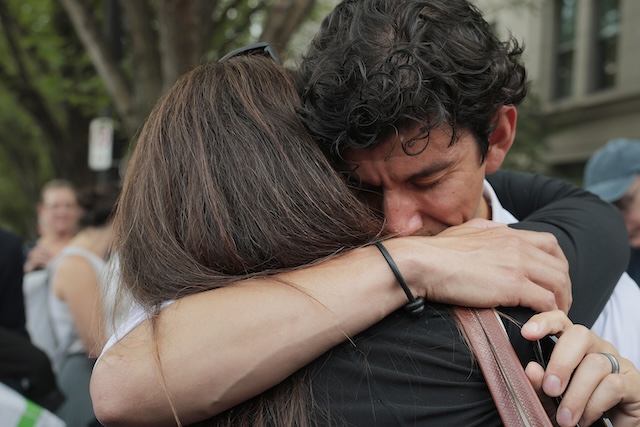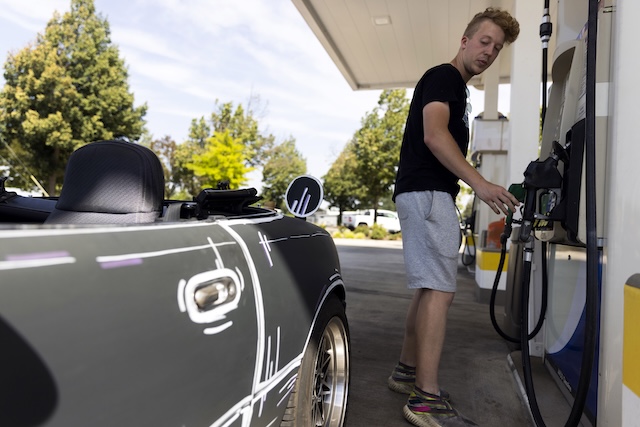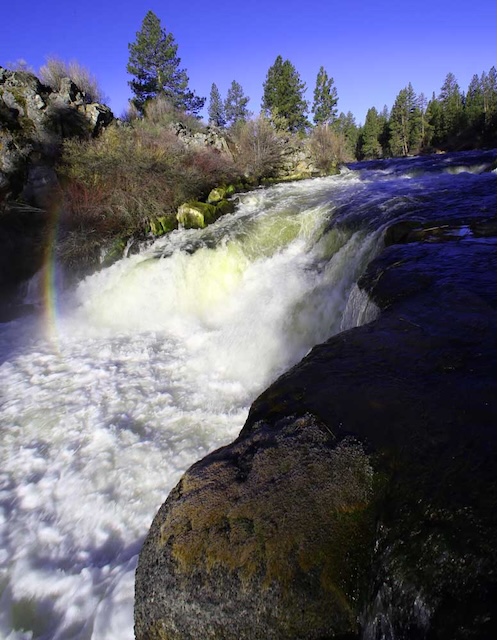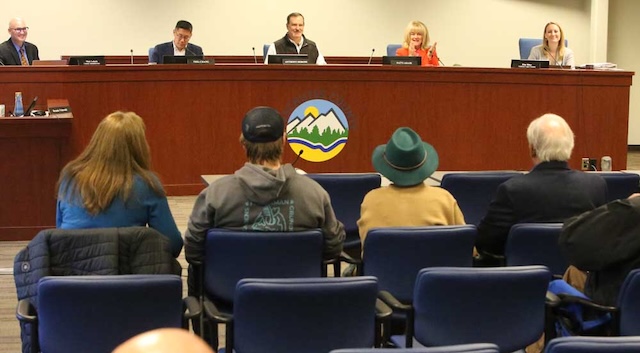Donald Kerr and the High Desert Museum
Published 5:00 am Monday, May 28, 2012
When the High Desert Museum opened its doors 30 years ago next month, it did so despite astonishingly slim odds.
For one thing, deserts were not widely viewed as museum-worthy resources. As recently as the 1960s, the deserts of Nevada, for example, were testing grounds for nuclear bombs.
Trending
On top of that, Bend’s lumber mills were winding down and most of the city seemed to be going broke. Tourism was barely a glimmer in the eyes of local businessmen.
But a determined young Portlander had ignored these barriers.
Donald Kerr grew up in Portland but spent summers in Central Oregon. In the sixth grade, Kerr’s teacher brought a falcon into the classroom, and the boy was mesmerized.
It marked the beginning of his lifelong love affair with birds of prey.
Kerr attended Millbrook, a private high school in New York that has its own zoo. For biology class, he raised a wolf pup.
He studied wildlife biology at Oregon State University and made regular trips to the High Desert for field work.
Trending
As a young adult, Kerr found creative ways to maintain close relationships with animals.
“He built a structure in his Volkswagen van so his great horned owls could hold on while he drove around,” says Janeanne Upp, president of the museum.
Beginning in the early 1970s, he appealed to Bend’s bigwigs for major donations to open a museum dedicated to the natural and cultural history of the High Desert.
At first, they turned him down.
All of them.
But Kerr kept coming back, toting increasingly detailed plans.
Bob Chandler, the late longtime editor of The Bulletin, was initially a skeptic, but eventually became a major donor and a member of the museum’s board of directors.
In 1987, Chandler told a reporter: “If you’d asked anyone (Kerr) talked to 10 years ago what the chances were of him collecting and paying for a $10 million facility, I don’t know who the hell would have believed it.”
The museum opened in 1982, on 135 acres donated by Brooks Resources.
Cathy Carroll, a spokeswoman for the museum, says Brooks Resources let Kerr choose between two parcels — the current location or a spot on Tumalo Creek. Though an avid naturalist, Kerr was shrewd enough that the choice was easy.
“He said, ‘I’ll take the one off the highway and make my own creek,’” Carroll says.
Today, the museum has a man-made creek winding through its outdoor exhibits, just as Kerr envisioned. The museum has been expanded several times to include a “Desertarium,” an observation deck and, fittingly, the Donald M. Kerr Birds of Prey Center.
This summer, the museum will host its annual fundraiser, the High Desert Rendezvous. The auction and gala was once a modest affair in which hunters emptied their freezers for a dinner of wild game, served at the Pine Tavern.
Today, the museum draws nearly 170,000 visitors per year.
To put that in context, Deschutes County has about 160,000 residents. According to Upp, 75 percent of the museum’s visitors are from out of the area.
Kerr and his wife, Cameron, remain involved with the museum, although Kerr is paralyzed by viral encephalitis and cannot speak. The family suspects that Kerr contracted the disease when an owl’s talon nicked his skin in 1995.
It’s a breathtakingly tragic result of Kerr’s love of raptors.
But if it weren’t for Kerr and his passion for the region’s flora and fauna, there would certainly be no High Desert Museum.
In the last 30 years, more than 4 million visitors have peered through Kerr’s window into a subtle landscape that is otherwise too easy to take for granted.








